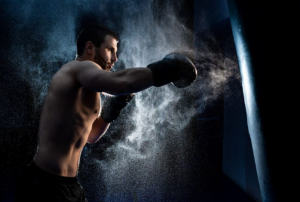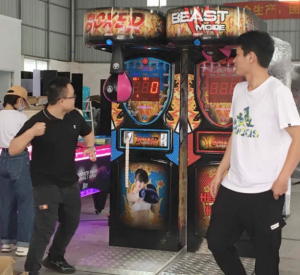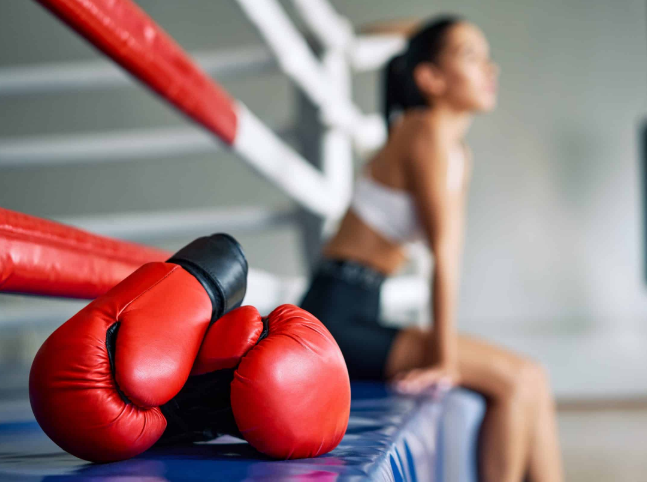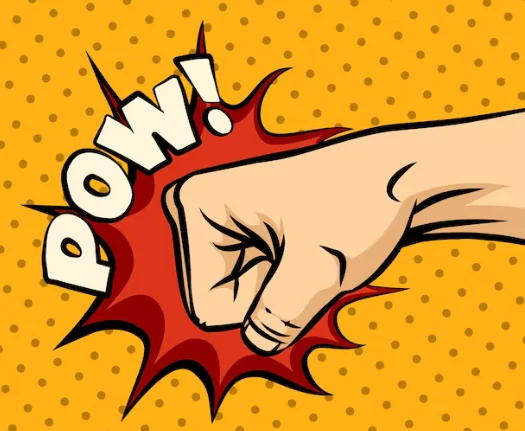Claw machine mastery is all about grip power and its placement. Start by analyzing the grip cycle of the machine: typically, its grip strength increases by more than 60% after around 10 or 15 failed attempts. Second, aim directly at the doll’s center (the doll’s center is located around the waist), which can increase your success rate by 25%. You can also look from the side angle to see how far the claw is from the toy and adjust accordingly, which can increase your success rate by 18%. So, in the end, make a plan and keep your cool: do not put too much money in at once; just try to optimize your attempts through phases.
Table of Contents
ToggleObserve the Machine’s Grip Strength and Toy Placement
Before you start the game, observe the machine’s grip strength and the toys’ positions. These will make the difference between being able to grab your target or not.
Claw machine grip strength is adjustable. Normally, the owner uses a “light grasp” mode where, even if you do manage to seize hold, it is likely to fall as you lift the toy into the air. In line with industry figures, grip power is typically around 30%, and it increases to 60% or more after a specific cycle (for example, after every 10 failed attempts). Hence, it is important to figure out whether the machine is in “weak grip” mode or not.
Where the toys are placed also affects how hard they will be to pick up. Owners usually hide them deep inside or place them where they easily drop. For example, if you notice any parts sticking out like a head or limb, your odds increase. Data demonstrates that when the center of gravity of the toy is exposed, the success rate increases by around 20%.
Analyze the Timing of Your Attempts
Another critical element to increase your success rate in claw machines is knowing when to play. A lot of claw machines follow a certain grip strength cycle where, after a certain number of failed attempts, the machine will give you stronger grip to tempt you to put in more coins.
According to general industry settings, the grip strength cycle in claw machines is about 10–15 tries. Eventually, after a few failed attempts in a row, it goes into “strong grip” mode. During this time, your chances to get toys are up by almost twice as much. If you see the previous player fail two or three times, this is usually a golden time for you to step in.
A top tip is to continue trying even after a fail. The likelihood of success tends to increase after 3–5 tries based on research, since grip strength in some of the more automatic machines also increases over time. This type of grip helps increase the success rate from 5% to 15%, which means you have a much better chance of getting that toy.

Accurate Positioning and Adjusting the Claw
The position where you place the claw is what makes or breaks the game. The placement of the claw depends on where the toy’s center of gravity is located.
The key to this game is sizing up the toy and then positioning its center of gravity over the center of the claw. From several trials, it has been confirmed with a good rate of success to grab at the lower center of gravity (waist). When it comes to heavier toys in particular, the center of gravity is typically what keeps that toy securely held by the claws. The center of gravity grab method is much more successful than grabbing the toy by the head, due to it having a 25% higher success rate!
Cameras are okay, but make sure you check the machine’s front view. You might see the side view of a claw machine, which is designed to let you adjust the front-to-back position of the claw. This perspective plays a very important role by determining how close the center of gravity is to where the claw is, and using it you can increase your chances of getting the toy without it falling, because if you do fail, then that toy will fall helplessly down.
Mastering Angle Techniques
Most players forget to view the different angles and move the claw from all angles. And yes, you do need to adjust both the horizontal and vertical angles. This is particularly important when working with toys of irregular shapes, as selecting the right orientation for the grip angle can increase one’s rate of success.
This is especially true when it comes to bigger or awkwardly shaped toys; gripping from the side yields a higher success rate than if you try to grip it from the front. When the claw is grabbing from a side position, it is more likely that each prong will make accurate contact with different portions of the toy to hold the object securely. Side grabbing has a success rate almost 18% higher when compared to front grabbing, which can make a significant difference—especially when dealing with toys that deviate significantly from the typical shape.
Budget Control and Staying Calm
There is definitely a great deal of randomness and luck in the claw machine game, so relax and budget yourself well. When players have failed a number of times in a row, they often become emotional and keep adding more coins, and the cycle continues.
You can simply set a clear budget limit to avoid emotional reactions. Research has shown that gradual attempts are more successful in improving your odds of winning a prize versus going all-in at once. For example, spend 10 yuan per game, making a total of four attempts, while observing the grip strength changes of the machine between tries. This method can help you analyze and improve your timing while staying calm.
Practicing emotional control and bankroll management not only helps you enjoy the game more but also keeps you from overspending, which could ultimately have a negative impact on your mood. Claw machines are basically a form of entertainment, and by thinking logically before you spend money, you can enjoy more of the fun.




